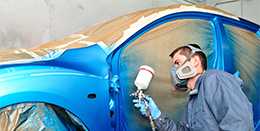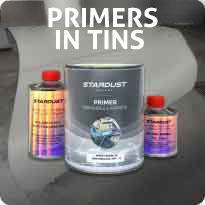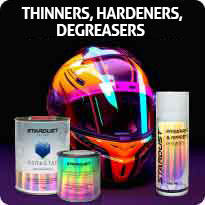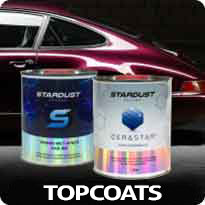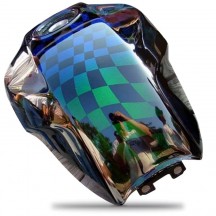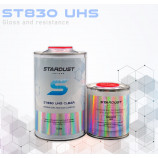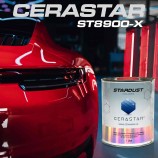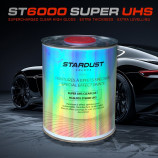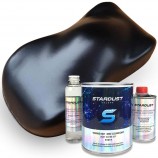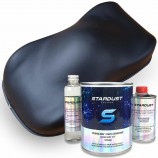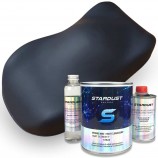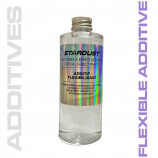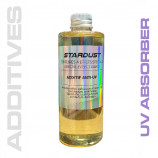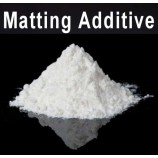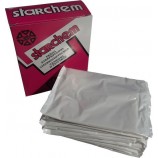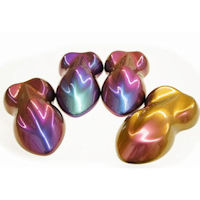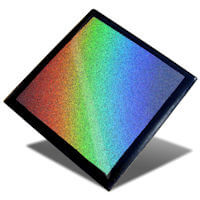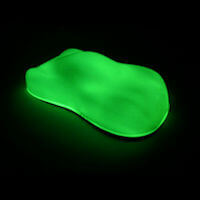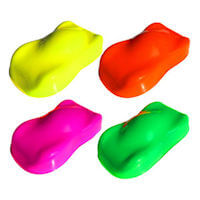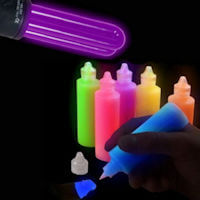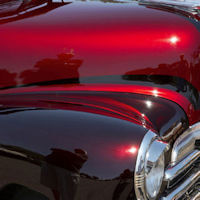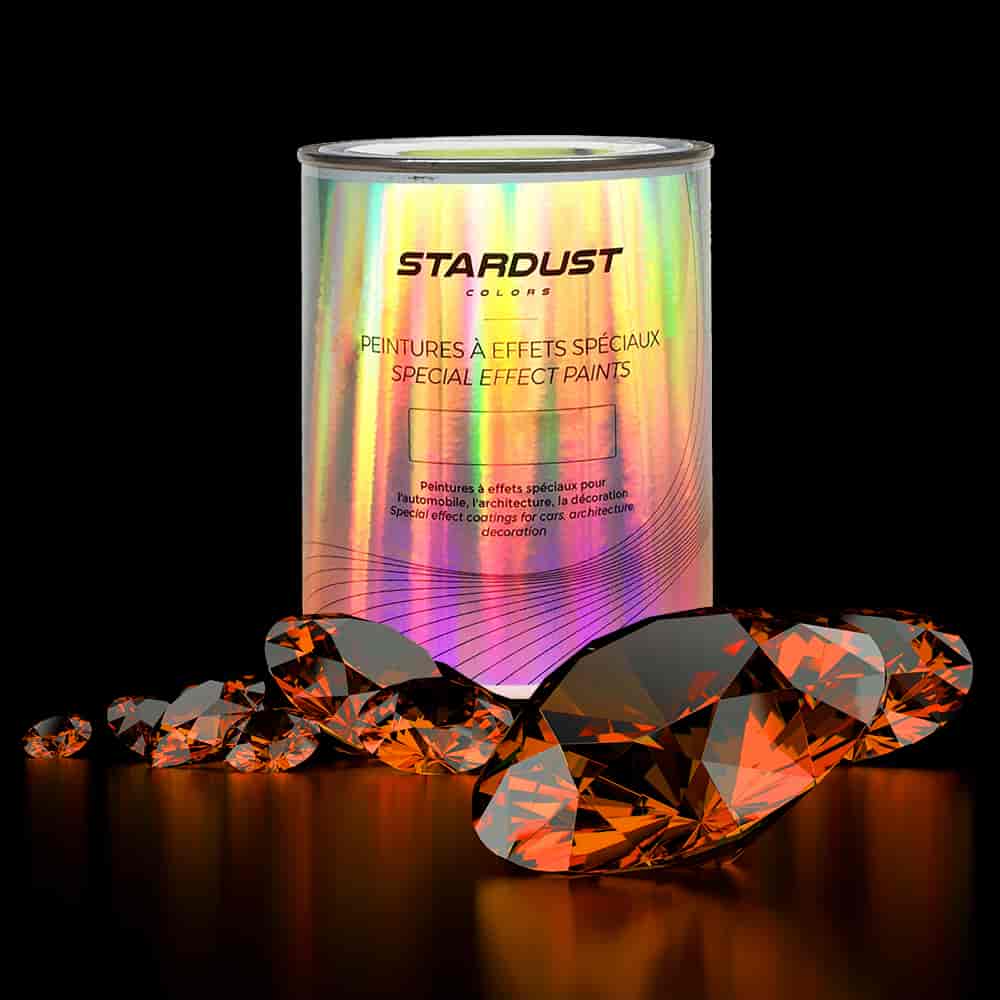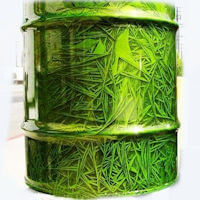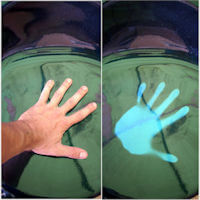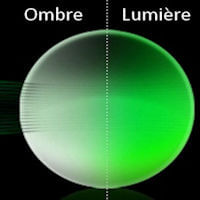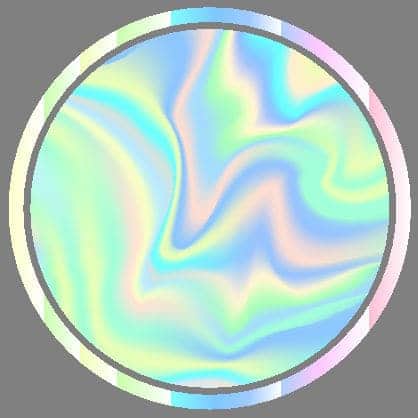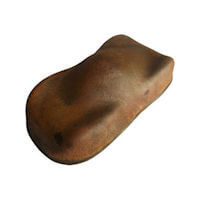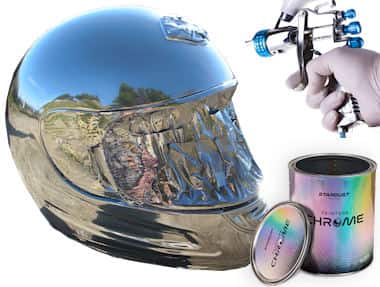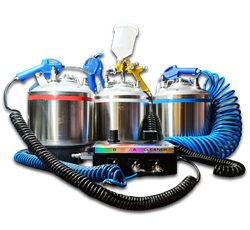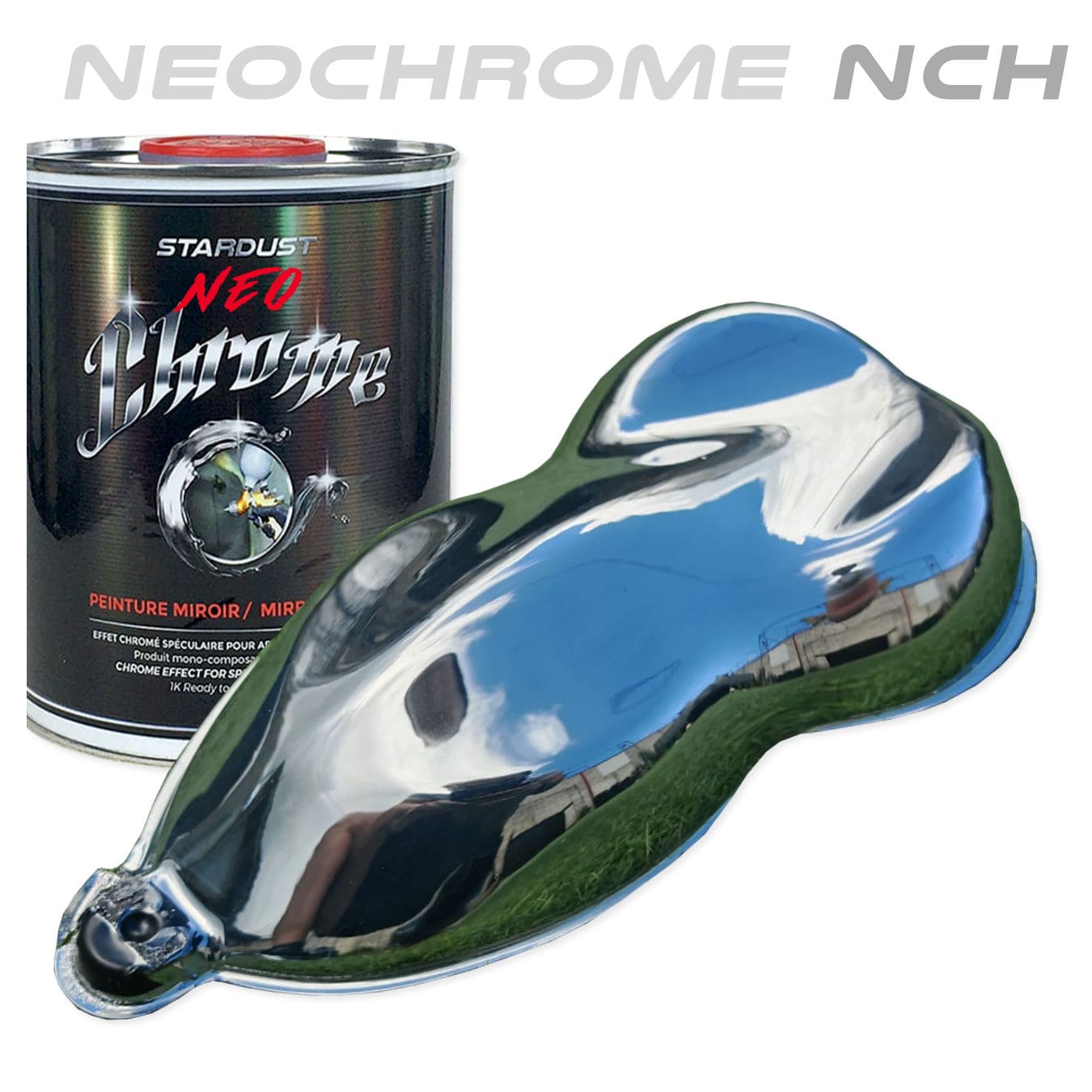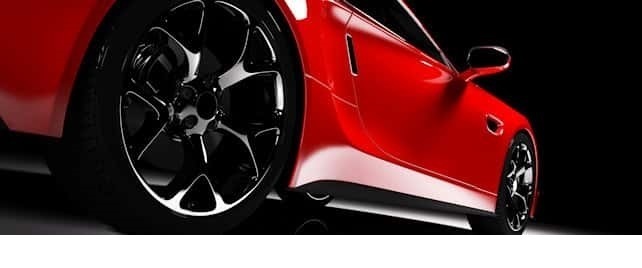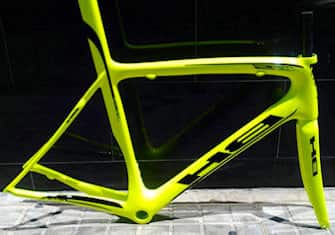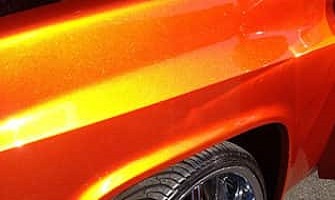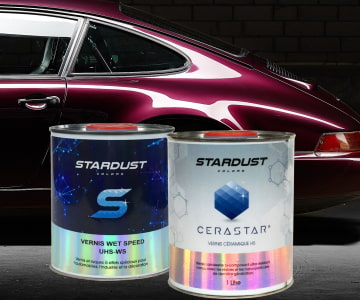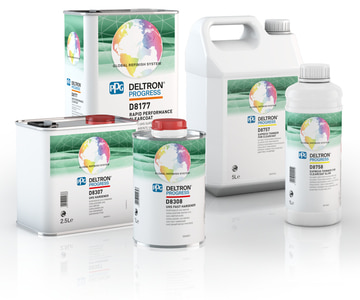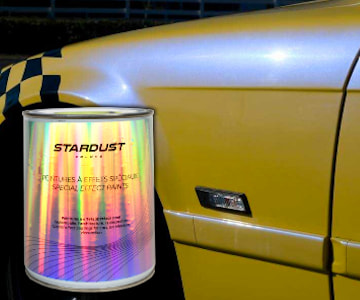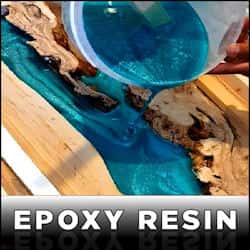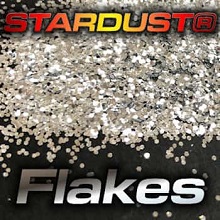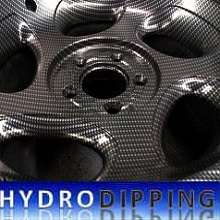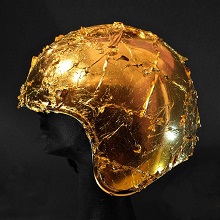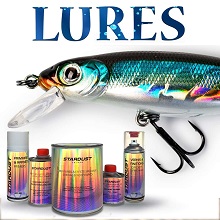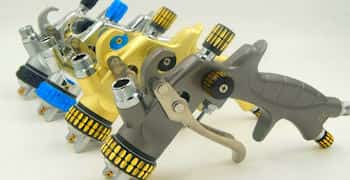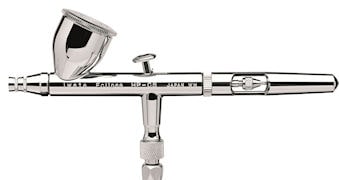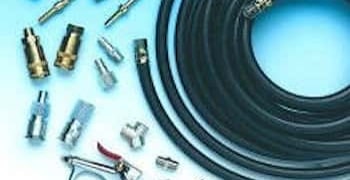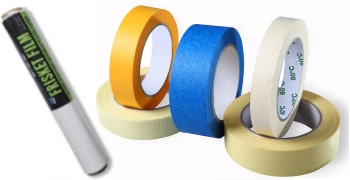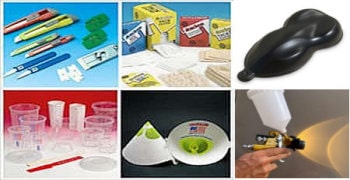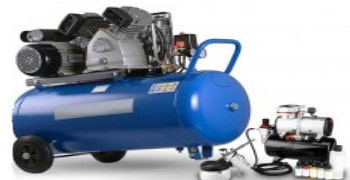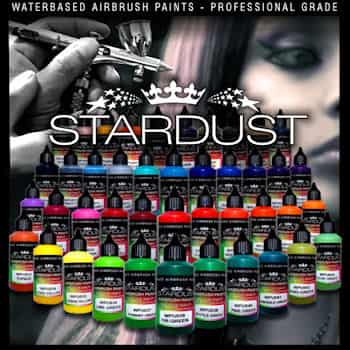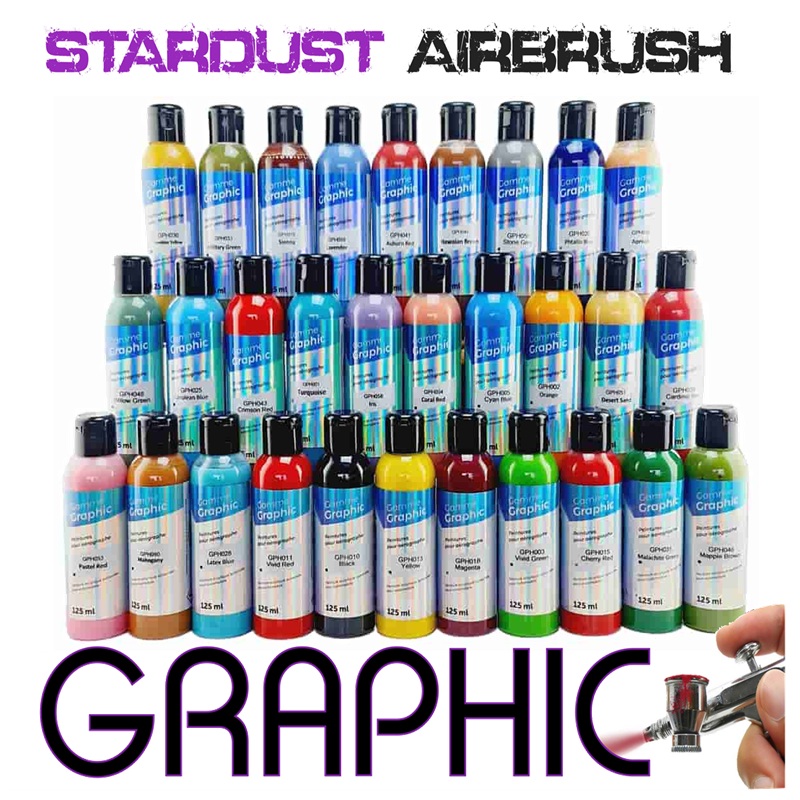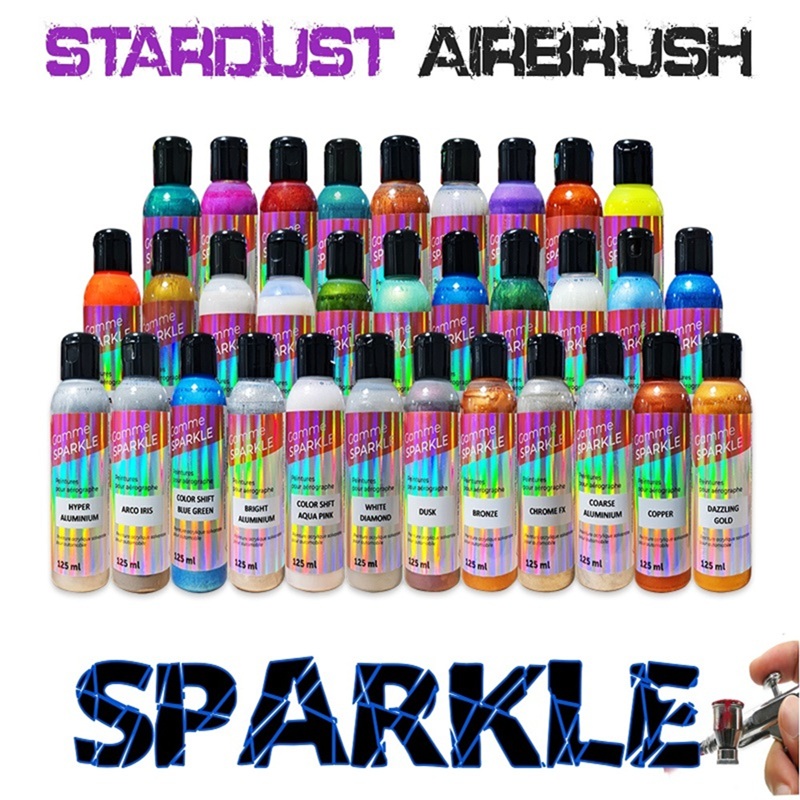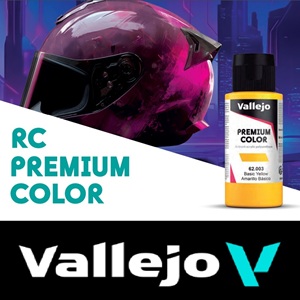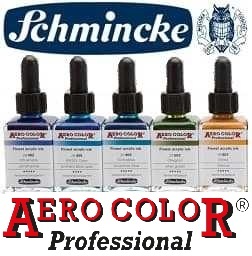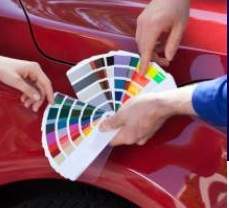Do you want to know the best choices of clearcoat for a motorcycle tank among the motorcycle parts paints? This category is dedicated to clearcoats for motorcycles, fairings, and tanks. The most important step of a motorcycle paintwork is often the clearcoating. This motorcycle clearcoat is a transparent, glossy coat that is highly important aesthetically, as it enhances the brilliance and brightness of the colours. It is the final touch of a meticulously done job and is also the most delicate step.
The clearcoat of a correctly coated motorcycle tank must have three main qualities: to be highly glossy, to resist petrol, and to be durable.
The main function of the clearcoat is to protect the paint and the sheet metal from the wear and tear of air, water, and sun. For this purpose, only a two-component acrylic polyurethane or ceramic bodywork clearcoat is used. A coating of this type has a lifespan of about 20 years.
Paint resistance to hydrocarbons
Petrol dissolves poor quality paints. Under the action of hydrocarbons, a “general public” product or a monocomponent clearcoat will soften and peel off. Only a 2K product will ensure perfect durability.
Motorcycle paint for tank : achieving a high-gloss finish
The shine of the finish appears when the surface of the clearcoat is completely smooth, like a mirror. To achieve proper clearcoating, two coats are applied, using an aerosol or a spray gun. For a beautiful wet-look gloss, it is necessary to achieve the correct application technique and respect the interval between coats. The most important factor is applying the right amount of product on the surface.
Usually, 100 g of clearcoat mixture should be applied per m²: after drying, this results in a 50-micron coat (i.e. 50 g of dry product) on a motorcycle tank.
It is possible to repeat the operation after 24 hours of drying, one or more times, to increase the gloss and depth of the clearcoat for motorcycle tanks.
In the case of slight defects, you can polish: polishing allows you to remove imperfections (orange peel, dust, etc.) without retouching. It is done after 24 hours of drying.
Adhesion, adhesion guarantee and delamination :
If a clearcoat comes off, it is not because it is of poor quality. In such a case, the fault lies with the applicator: if the background is sanded too finely, then the clearcoat cannot adhere optimally. Each clearcoat, depending on its thickness, must be applied to a paint surface sanded with a grain size of 320 to 500. For this, it is necessary to refer strictly to the technical data sheet.
Micro-bubbling and loss of gloss
Here are some common defects related to improper application:
A “buried” gloss is a term for a loss of gloss, usually during drying. The cause is too many coats: instead of increased gloss, the applicator gets less gloss, due to solvents struggling to escape through the excessive thickness.
Micro-bubbling is a defect linked to applying too many coats, an application temperature that is too high, or an insufficient waiting time between the two coats. The result is the blocking of solvents that cannot evaporate properly.







